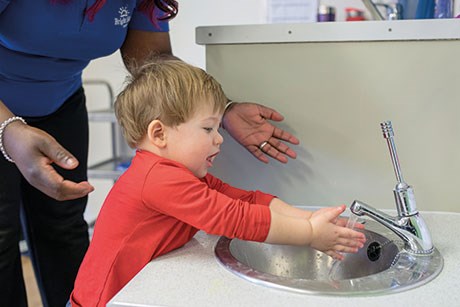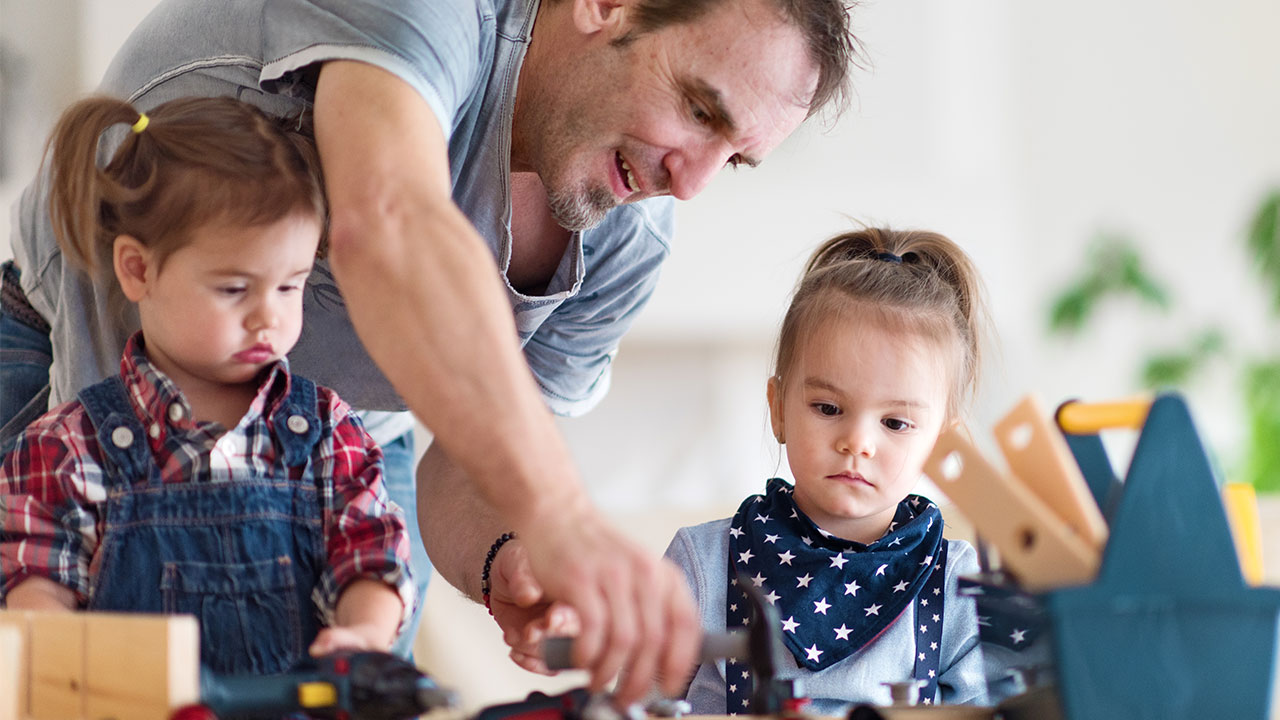Does my child have Dyslexia?
I think my child might have Dyslexia.
What does this mean and where do I even start?
Gosh…we hear this so often when concerned parents contact us seeking help for their children. Dyslexia is one of those words that unfortunately has so many myths and misinformation associated with it. Let’s try to clarify some of this for you and put your on the right path if you are concerned that your child may be showing signs of Dyslexia.
Most children learn to read, write and spell without too many major challenges.
Some children, despite the very best of intentions and instruction from both parents and teachers, will struggle over several years to acquire even the basics of literacy. These children may have a Specific Learning Disorder with impairment in reading (dyslexia).
Okay…so how do you find out if your child does or does not have dyslexia and what is it?
A Specific Learning Disorder (with dyslexia being the most commonly diagnosed) can be defined as a persistent difficulty in a specific area of academic achievement. These disorders are as a result of a combination of genetic, environmental and cognitive factors. The disability with reading persists even in the presence of terrific, appropriate instruction at school over a period of at least 6 months.
What can we do to help?
Firstly we need to have these children accurately assessed to understand what is the root of the learning difficulties they are experiencing. Importantly, what those children who are then diagnosed with Dyslexia then need is a higher dose of a high quality, evidenced based reading instruction. Sure, we need to tweak interventions where possible to suit a child’s learning preferences but these children do not require anything inherently different to the other children in the class when it comes to learning how to read. They just need more of it! Much more. More time. More repetition….but more of appropriate evidenced based interventions for Dyslexia in a later follow up Chatterbox blog post!
Let’s start with assessment.
How do you get your child diagnosed with dyslexia if you think this is what might be holding your child back from learning?
Firstly, it is important for us all to understand what dyslexia is. This Specific Learning Disorder is characterised by difficulties in accurate and/or fluent word recognition and by poor spelling abilities. These difficulties are often unexpectedin relation to the child’s other cognitive abilities and in realtion to the amount of effective classroom instruction that has been provided.
Possible signs of dyslexia may include:
- Difficulties in learning letter sounds and names in the early years of schooling
- Poor phonemic awareness i.e. ability to reflect upon the individual units of sound within words
- Trouble in decoding /sounding out new words in text
- Poor reading fluency in the high school years
- Slow and inaccurate word recognition
- Slow and laboured reading
If you have concerns, it is always best to start by speaking with your child’s classroom teacher who will have reading records and data from classroom […]




